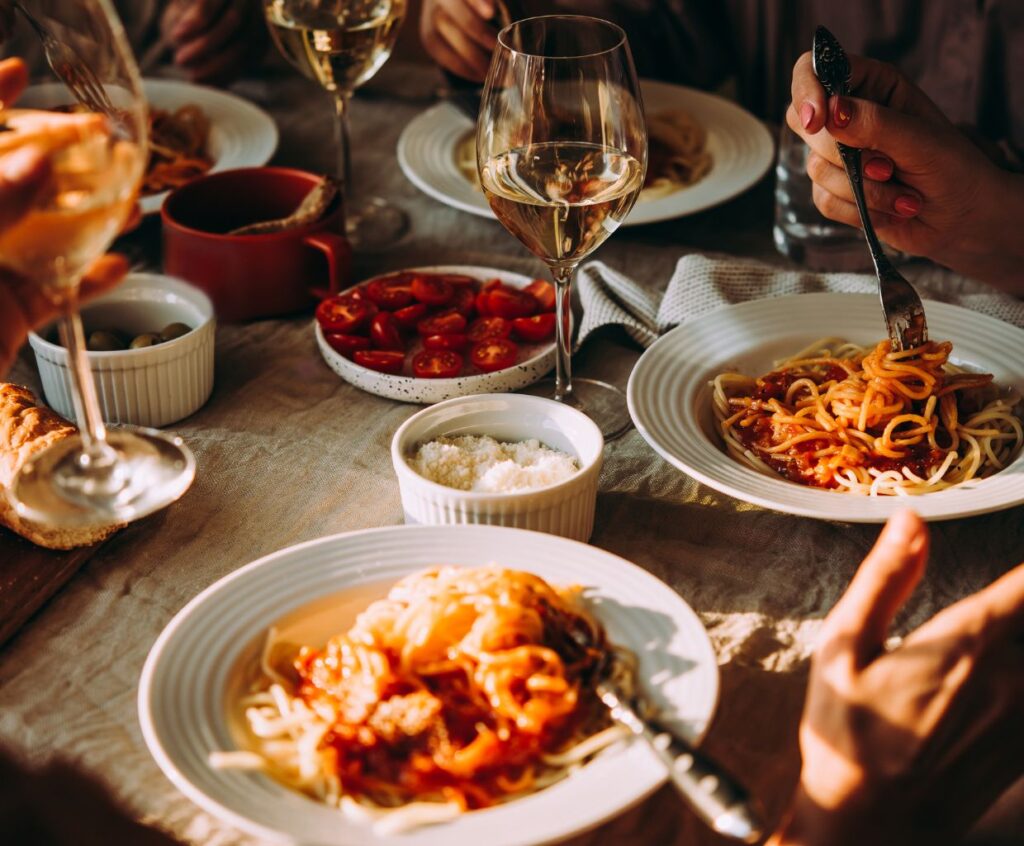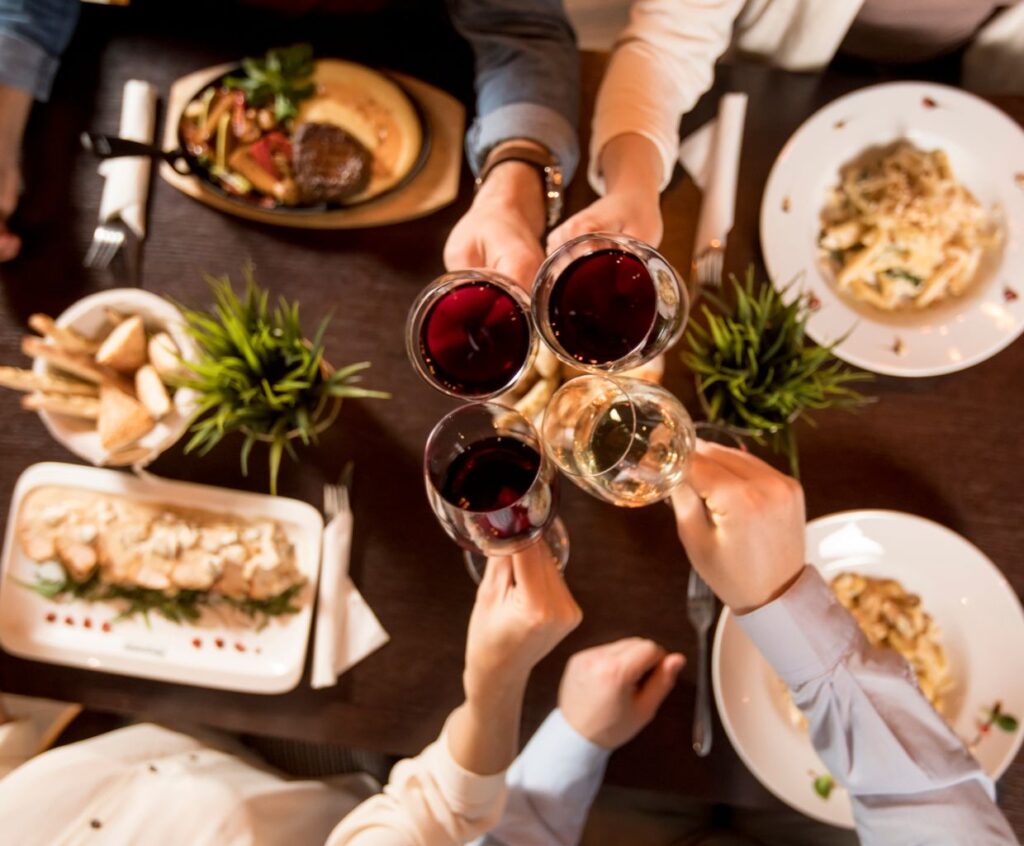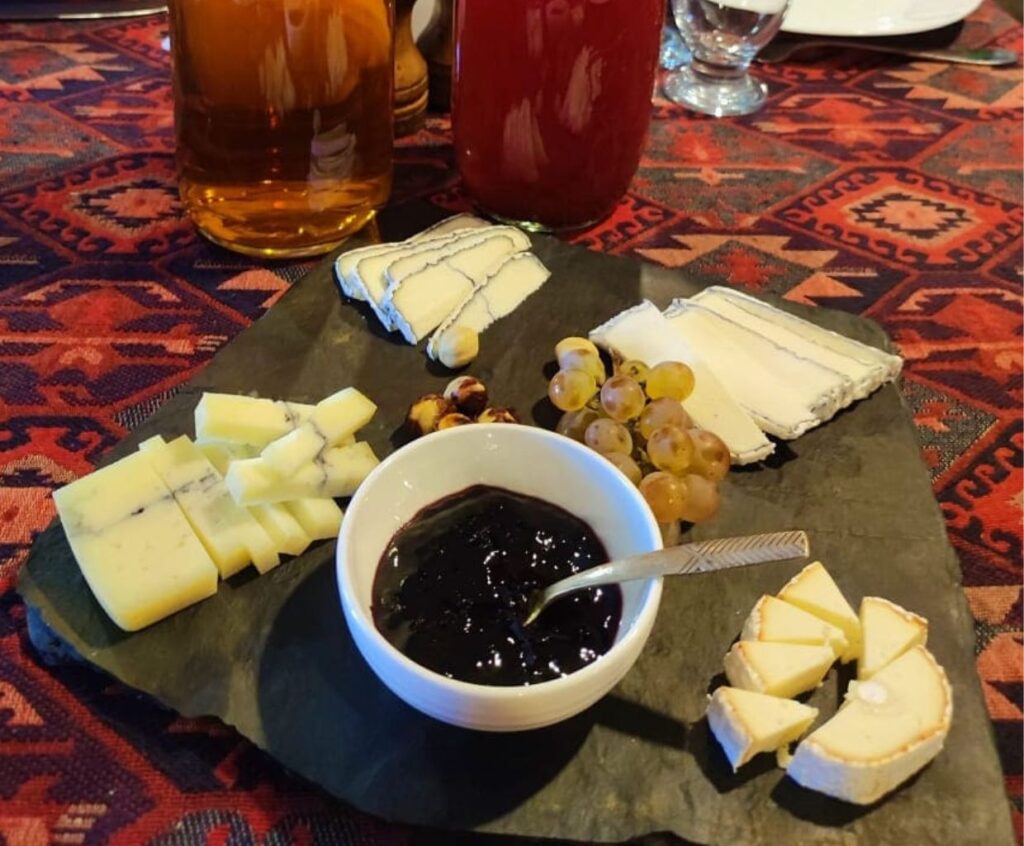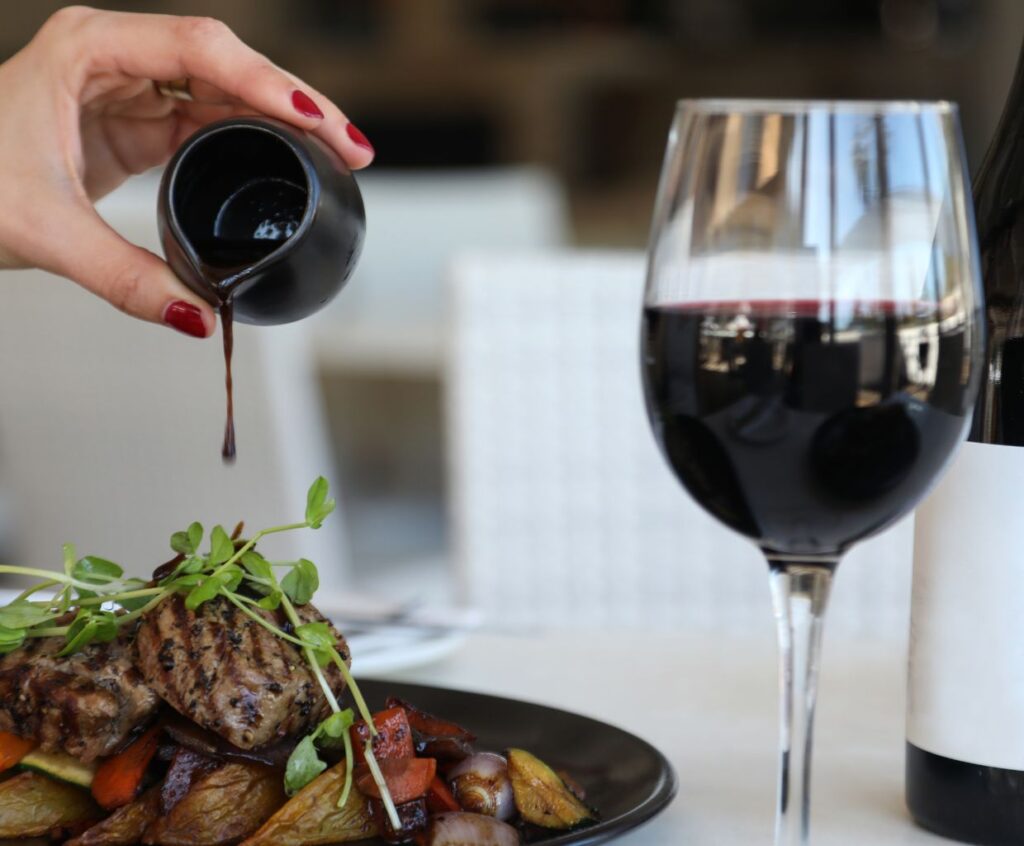Why Does Wine Taste Different with Food: Exploring the Art of Wine and Food Pairing
Have you ever wondered why wine tastes different when paired with food? The art of wine and food pairing is a delightful journey that enhances the flavors and overall dining experience. It’s not just about picking any wine to accompany a meal; it’s about finding the perfect match to elevate the food and the wine to new heights.
Pairing wine with food is an ancient practice that has been refined over centuries. The right combination can create a harmonious blend of flavors, where the wine enhances the taste of the dish, and the dish, in turn, enhances the characteristics of the wine.
So, why does wine taste different from food? Let’s explore some of the critical factors that influence this magical transformation.
1. Complementary Flavors
The goal of pairing wine with food is to create a synergy between the flavors. Complementary flavors can enhance or contrast each other, resulting in a more enjoyable dining experience. For example, a rich, full-bodied red wine like Cabernet Sauvignon pairs exceptionally well with a juicy steak.
The bold flavors of the wine complement the savory, meaty flavors of the steak, creating a mouthwatering combination.
2. Balancing Acidity
Acidity is a crucial element in both food and wine. When pairing, it’s essential to consider the acidity levels of both components. A high-acid wine can cut through the richness of fatty foods, cleansing the palate and balancing the overall taste.
Similarly, a dish with high Acidity, like a tomato-based pasta sauce, can be balanced by a wine with enough Acidity to prevent it from tasting flat.
3. Taming Tannins
Tannins are compounds found in grape skins, seeds, and stems, which give red wines their characteristic structure and bitterness. When pairing wine with food, tannins can play a significant role. Tannic wines, like Cabernet Sauvignon or Barolo, pair well with fatty meats because the tannins help cut through the richness.
On the other hand, a highly tannic wine can clash with delicate, lighter dishes, overpowering their flavors.
4. Regional Pairings
Another approach to wine and food pairing is considering regional combinations. Many cuisines have developed alongside local wines, creating perfect matches from tradition and cultural preferences. For instance, Italian Chianti pairs beautifully with tomato-based pasta dishes from the same region.
Are there specific types of wines that pair better with certain foods?
Yes, certain types of wines pair better with certain types of foods. Here are some general guidelines:
1. Red Wines: Red wines like Cabernet Sauvignon, Merlot, and Pinot Noir pair well with red meat, such as steak or lamb. They also go well with rich and flavorful dishes like stews, roasted meats, and hard cheeses.
2. White Wines: White wines like Chardonnay, Sauvignon Blanc, and Riesling pair well with fish, seafood, and poultry. They also complement lighter dishes like salads, pasta with cream-based sauces, and soft cheeses.
3. Rosé Wines: Rosé wines are versatile and can pair well with various foods. They are often a good choice for lighter fare like salads, grilled vegetables, and seafood. They can also complement spicier dishes.
4. Sparkling Wines: Sparkling wines like Champagne, Prosecco, and Cava are great for celebrations and pair well with appetizers, seafood, and light desserts. They also work well with salty or fried foods.
5. Dessert Wines: Dessert wines like Port, Sauternes, and Ice Wine are sweet and best paired with desserts. They can enhance the flavors of decadent chocolate desserts, fruit-based desserts, and blue cheeses.
Remember, these are just general guidelines, and personal preferences can vary. Experimenting and finding your favorite wine and food pairings is always a good idea.
How can understanding the art of wine and food pairing enhance our overall dining experience?
Understanding the art of wine and food pairing can significantly enhance our overall dining experience in several ways:
1. Enhances flavors: Certain wines can complement and enhance the flavors of specific foods. When paired correctly, the combination can create a harmonious balance, where the wine and food taste better together than they would individually. For example, a rich red wine can enhance the flavors of a juicy steak, or a crisp white wine can bring out the flavors of a delicate seafood dish.
2. Creates a sensory experience: Wine and food pairing can engage all our senses, making the dining experience more enjoyable and memorable. The visual appeal of a well-presented dish, the aroma of the wine, the taste and texture of the food, and the way the flavors interact with the wine all contribute to a multi-dimensional sensory experience.
3. Expands our palate: Trying different wine and food combinations can expose us to new flavors and expand our palate. By experimenting with various pairings, we can discover new tastes and combinations we may not have considered. This can lead to a broader appreciation and understanding of different cuisines and wines.
4. Enhances social interactions: Wine and food pairing can enhance social interactions and create a shared experience. Discussing and comparing different pairings with friends or fellow diners can spark interesting conversations and create a sense of camaraderie. It can also be a fun and educational activity as a group, as everyone can share their opinions and preferences.
5. Heightens enjoyment and appreciation: When wine and food are paired thoughtfully, it can elevate the overall enjoyment of the meal. The right pairing can bring out the best qualities of the wine and the food, resulting in a more satisfying and pleasurable dining experience. It can also deepen our appreciation for the craftsmanship and expertise in creating wine and food.
Overall, understanding the art of wine and food pairing adds another layer of enjoyment and sophistication to our dining experiences, making them more memorable, engaging, and satisfying.
The Art of Wine and Food PairingConclusion
Pairing wine with food is an art form that can enhance your dining experience. You can unlock a whole new world of flavors and sensations by understanding the principles of complementary flavors, balancing Acidity, taming tannins, and exploring regional pairings.
So, the next time you’re enjoying a meal, take a moment to savor the magical transformation that occurs when wine and food come together in perfect harmony.




